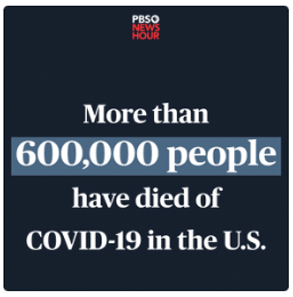Trump’s New Executive Order Delivers a Win for Big Pharma
-
May 01, 2025
With a new executive order on prescription drug prices, President Donald Trump directed HHS to extend the period in which new-to-market small molecule drugs are exempt from Medicare price negotiation, a policy change that pharmaceutical companies have long supported.
The Medicare Drug Price Negotiation Program, which is part of the Inflation Reduction Act, allows the federal government to negotiate the prices of select drugs if they are brand-name medications or biological products without generic or biosimilar equivalents. Drugs subject to negotiation also must have been on the market seven years (for small molecule drugs) or 11 years (for biologics) after FDA approval.
But under the new executive order, HHS is directed to work with Congress to modify the program to “align the treatment of small molecule prescription drugs with that of biological products,” giving small molecule drugs an extra four years before they’re eligible to be selected for the negotiation program.
The first 10 drugs selected for Medicare Part D price negotiation were announced in August 2023, while another 15 drugs were added to the list in January during the final days of former President Joe Biden’s administration.
If Medicare was not allowed to negotiate prices for small molecule drugs — which usually come in form of pills or tablets — until 11 years after FDA approval, more than half of the Part D drugs that were selected for price negotiation in the first or second rounds would not have been eligible at the time drugs were selected, according to a KFF analysis. The 13 drugs that would have become ineligible for price negotiation accounted for two-thirds of total gross Medicare Part D spending on the 25 selected medications.
If small molecule drugs had been subject to an additional four-year delay from their FDA approval date, several drugs with high total gross Medicare Part D spending would be exempted in the first two rounds of negotiation.
For example, two of the three drugs associated with the highest gross spending in Medicare Part D that were selected in both the first and the second round — Eliquis, Jardiance, Ozempic/Wegovy/Rybelsus and Trelegy Ellipta — would have been ineligible for negotiation based on their approval dates. Novo Nordisk’s popular semaglutide trio — Ozempic, Wegovy and Rybelsus — accounted for $14.4 billion in total Medicare gross spending and were used by nearly 2.3 million Part D enrollees between November 2023 and October 2024.
For six of the 13 drugs that would have become ineligible for selection, more than 90% of Medicare beneficiaries have plans that put them under the preferred/preferred (prior authorization and/or step therapy) tier and covered/covered (PA/ST) tiers under the pharmacy benefit, as of April 2025, according to a coverage policy analysis from MMIT Analytics (AIS Health is a division of MMIT).
Pharmaceutical companies have been lobbying against the shorter timeframe for selection of small molecule drugs in the negotiation program, arguing that the policy discourages investment in these drugs. The Pharmaceutical Research and Manufacturers of America, the top individual lobbying spender in the pharmaceutical industry, called the small molecule drugs’ shorter timeframe for selection a “pill penalty” in its online campaign.
“We applaud the President’s efforts to lower medicine costs for patients,” said Alex Schriver, senior vice president of Public Affairs at Pharmaceutical Research and Manufacturers of America, in a statement to the Washington Examiner. “We are also encouraged that there is growing support for fixing the IRA’s pill penalty that has already led to a 70% reduction in investment in small molecule medicines that are more convenient and affordable for patients.”
This infographic was reprinted from AIS Health’s biweekly publication Radar on Drug Benefits.
© 2025 MMIT











